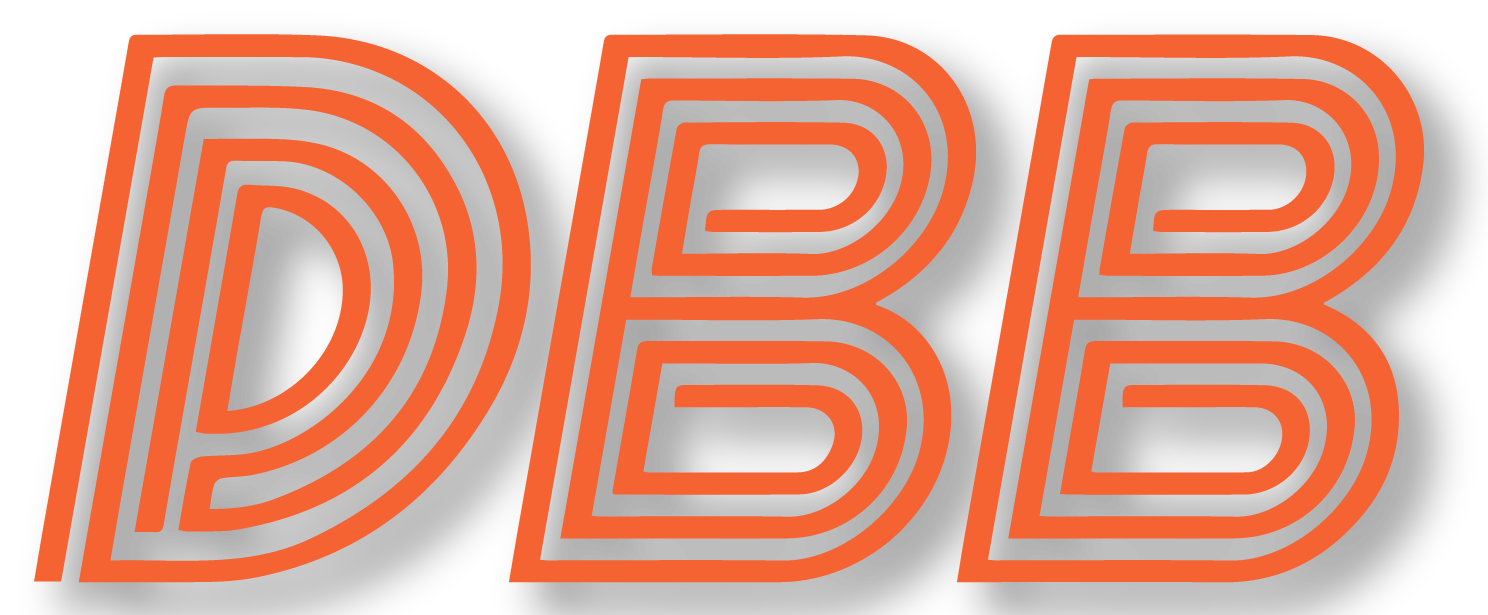The Bears offense showed significant improvement in 2018, but still was an average-to-below average unit overall. There’s been plenty of focus about the need to get better on that side of the ball, and that starts with scouting yourself. Some coaches have play-calling tendencies in different down and distance situations, and opposing NFL teams scout those to help their play calling in response. With that in mind, I looked at down and distance trends for Chicago’s’ offense in 2018. All statistics are from the NFL Game Statistics and Information System and Pro Football Reference’s Game Play Finder.
First Down
The Bears were very balanced on first down, with 231 runs and 223 passes for a 51/49 split. Unfortunately, they were not very effective on the ground, where they averaged only 3.6 yards per carry. This is a significant step down from 2017, when they averaged 4.1 yards per carry, and 2016, when they were at 5.2.
Lest we be tempted to blame Jordan Howard, I’ll note that 142 of the 231 runs (62%) were his, and those actually gained 3.7 yards per carry. So the rest of the team was actually slightly worse than Howard on 1st down. One way or another, the Bears need to figure out how to improve running on 1st down and/or run less and throw more.
Speaking of throwing it, the Bears averaged 7.0 yards/attempt on 1st down, a healthy but not overwhelming number that was right around average for all NFL passing stats in 2018. Teams always average more yards/play passing than running, but when the discrepancy is this large, you should probably consider throwing it more.
Second Down
When it comes to 2nd down, context is needed. A 3-yard gain is great on 2nd and 2, pretty good on 2nd and 5, and awful on 2nd and 10. With that in mind, I split the data into 4 groups based on the distance required to get a 1st down. The table below shows the results.






